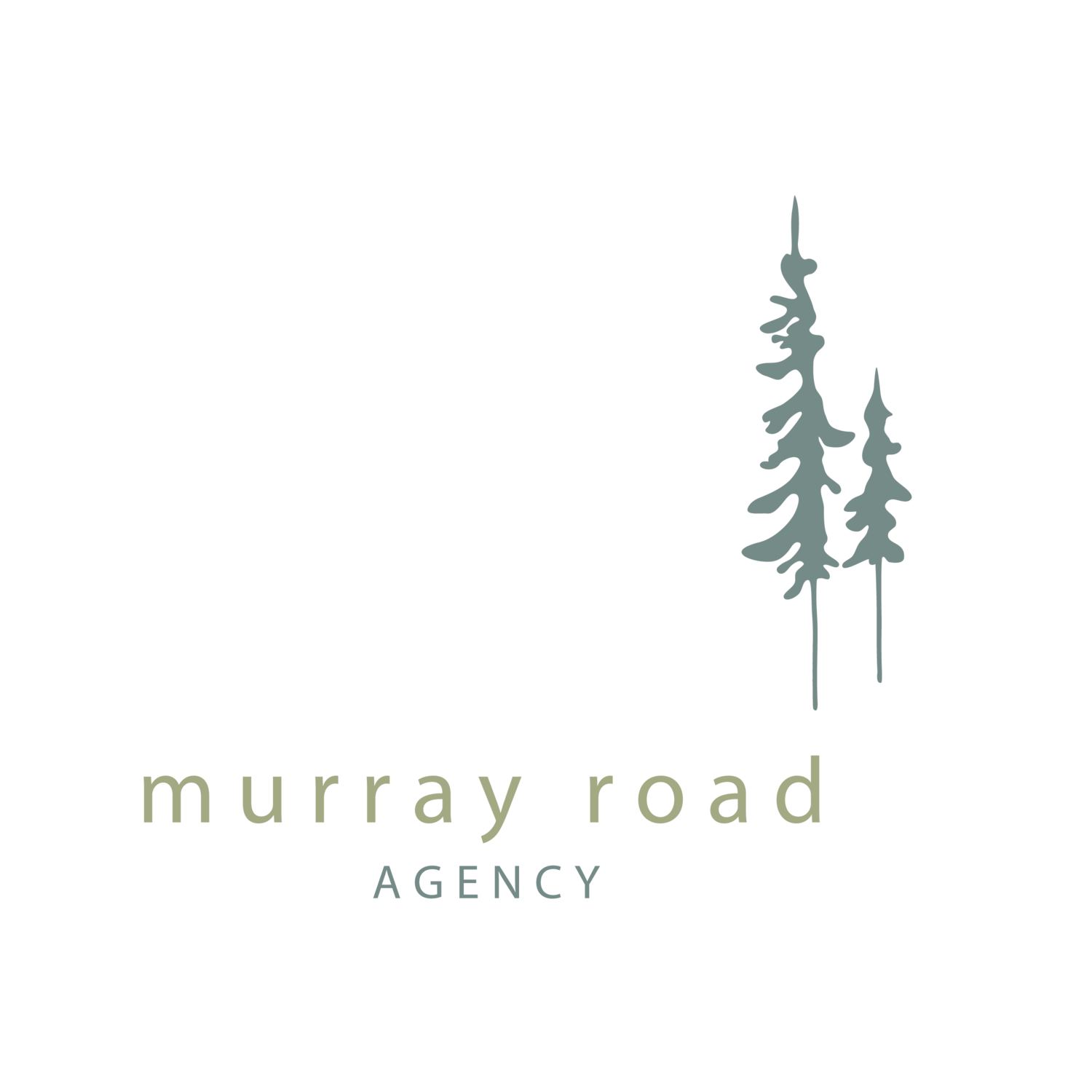The days of blurry, poorly lit and unattractively posed hero shots are over. Photography and videography have reached a whole new level and now more than ever the hunting industry is inundated with talented content creators consistently producing imagery that is magazine worthy. This is a great thing for hunting and how it’s portrayed to the general public, but for the professional photographer or creative agency, it forces us to work harder to produce content that stands out. There is no crystal ball when it comes to standing out and oftentimes the setting and situation you find yourself in are what ultimately determines the quality of your content. However, through learning from others and the highs and lows of learning through experience, there are a few key aspects of my creative process that I stand by that help me create better content.
Never leave the camera behind
Just like the mistake of leaving the rifle at the truck to go glass over the next ridge only to find yourself empty-handed and within range of the animal you’re after, not having your camera by your side at all times on a hunt capture is a grave mistake. It’s easy to stow the camera away or leave it behind momentarily at certain times, but hunting is anything but predictable and some of the best content opportunities come when you’re least expecting it. Whether it’s a bird flushing unexpectedly, the light poking through the trees for a brief second in a way you didn’t anticipate, or someone striking an undesigned pose that's perfectly fit for an image, if those opportunities are missed you likely can’t get them back.
Use the environment
When it comes to capturing imagery during a hunt, using the environment has been without a doubt my most effective way to achieve a well-composed image. Using the grass, water, trees, dirt, and all the other environmental elements we have at our disposal during a hunt can take an image from good to great. When I’m filming or taking photos it’s not uncommon to see me on my stomach in the weeds, hanging over the side of the boat with my camera nearly in the water, or literally running to get ahead of my subjects to get them framed up using a sweet looking tree I see in the distance. In fact, I’m often scanning for the most unique and odd pieces of the environment that I can to help frame my image.
Find your own style in post-production
Pointing a lens and snapping a quality image is one thing, but the way you eventually transform that image into a final product is what really determines how much it will stand out. I’m constantly honing in on my workflow and editing style to achieve a better end result. It’s always going to be a work in progress but similar to a painting, a quality photograph requires a final stroke of creativity to bring it across the finish line.

